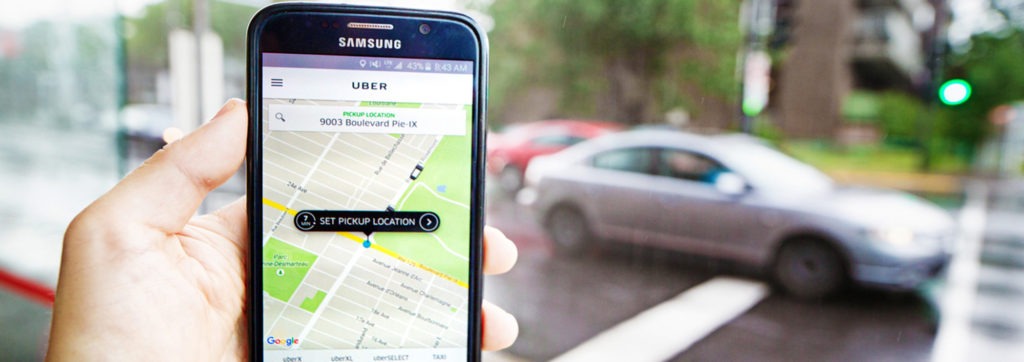Uber autonomous vehicle 'driver' distracted by phone before fatal crash
25 June 2018

25 June 2018
Investigators looking into the fatal Uber autonomous vehicle crash in the US earlier this year have said the safety driver was ′watching a video’ in the moments leading up to the accident.
Police in Tempe, Arizona, said evidence points towards Elaine Herzberg, who was charged with being ready to take over driving duties should anything untoward occur, was streaming an episode of The Voice via the Hulu online video service. A 318-page report suggests this stream was interrupted at 9:59 pm, which coincides with the approximate time of the collision.’
The Uber car was in autonomous mode at the time of the crash, but Uber, like other self-driving car developers, requires a backup driver in the car to intervene when the autonomous system fails or a tricky driving situation occurs.
Vasquez looked up just 0.5 seconds before the crash, after keeping her head down for 5.3 seconds, the Tempe Police report said. Uber’s self-driving Volvo SUV was travelling at just under 44mph.
Uber has declined to comment.
Police said a review of video from inside the car showed Vasquez was looking down during the trip, and her face ′appears to react and show a smirk or laugh at various points during the times that she is looking down.’ The report found that Vasquez ′was distracted and looking down’ for close to seven of the nearly 22 minutes prior to the collision.
The news highlights the potential problems of autonomous vehicles and drivers being distracted while using them. With the technology still in its infancy, there are question marks over how safe cars are driving themselves when it comes to pedestrians or animals stepping in front of them.
Already there are concerns over how autonomous vehicles will deal with a situation where someone will ultimately be injured no matter what course of action the computer takes.
The results of a survey run by Autovista Group also suggest that convincing the public that autonomous technology, fully driverless, hands off and full vehicle control, is going to be a hard task to achieve. 41% of respondents to our survey said they would not be happy to give full control over to a vehicle, while 37% said they would, only if they remained alert and aware of taking back control at any time. This suggests that 78% of the public would only be happy with autonomous levels 1-3.
The Uber accident occurred on a dark stretch of road when a pedestrian with a bicycle stepped out in front of the car. Police believe that if the safety driver had been alert, the impact could have been avoided, or at least occurred at a slower speed had the occupant applied the brakes.
Last month, an Uber spokeswoman said the company was undergoing a ′top-to-bottom safety review,’ and had brought in a former federal transportation official to help improve the company’s safety culture. The company prohibits the use of any mobile device by safety drivers while the self-driving cars are on a public road, and drivers are told they can be fired for violating this rule.